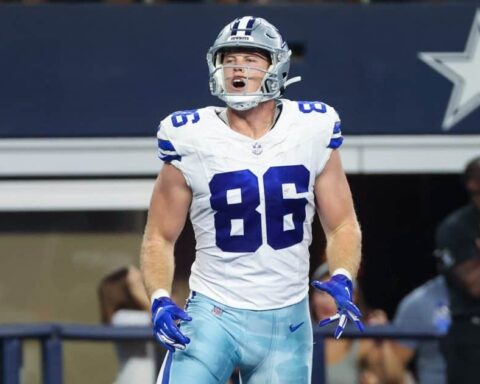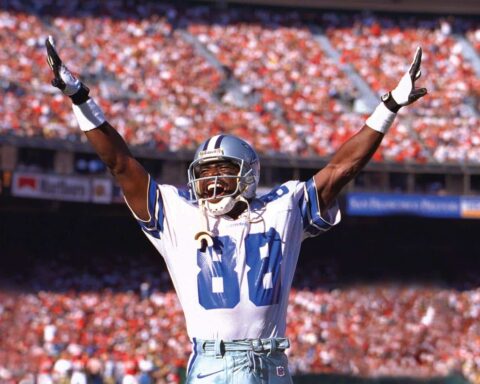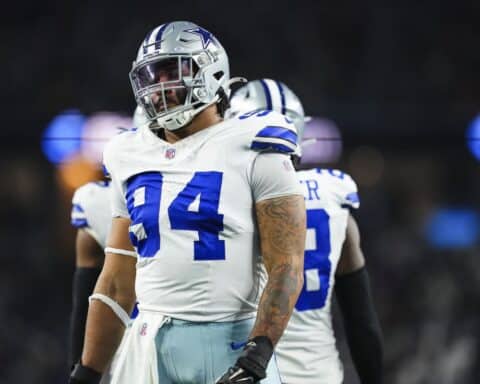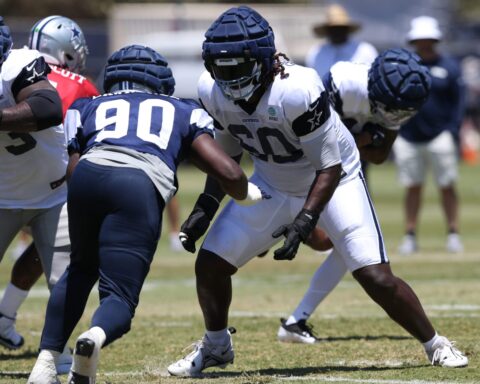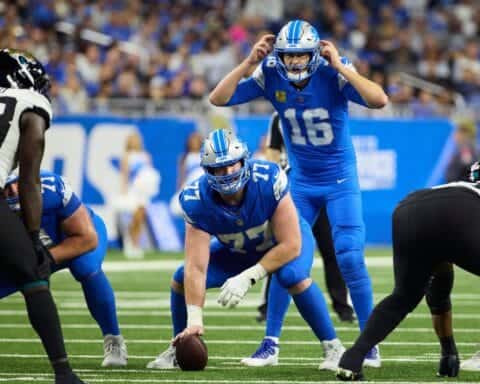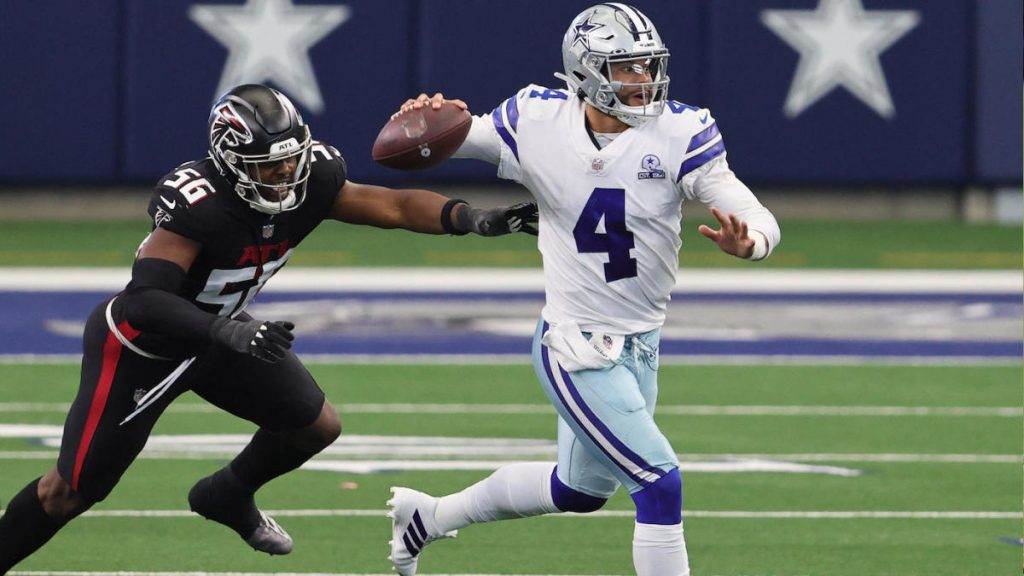It’s been nearly a year since Dallas Cowboys Center Travis Frederick was diagnosed with Guillain-Barre Syndrome (GBS), an autoimmune disease. And although all signs are pointing towards him making a full recovery and regaining his starting job, there are still some lingering concerns about his health.
Travis Frederick didn’t miss a start in his previous five seasons with the Dallas Cowboys before being diagnosed with GBS. He was an Ironman and was the anchor for the Cowboys talented offensive line. But battling injuries and an autoimmune disease in which there is a lot of unknown about still are two different animals. It’s the unknown here that still carries some concern.
What is Guillain-Barre Syndrome?
According to the Mayo Clinic, Guillain-Barre Syndrome (GBS) occurs when the body mistakenly attacks its own nerves, specifically the peripheral nervous system, which connects the brain and the spinal cord to the rest of the body. This can result in a wide range the nerve-related symptoms, including tingling, prickling, or pins and needles sensations; muscle weakness; difficulty walking, talking, chewing, or swallowing; pain; and, in severe cases paralysis, which can become life-threatening if breathing is affected.
As with many autoimmune diseases, experts don’t fully understand what causes GBS. There is still a lot of unknown about this disease, and that includes how to treat it and recover from it. However, when diagnosed early, like in Frederick’s case, the chances of stabilizing sooner rather than later are pretty good. Although, the recovery process can be a slow one, anywhere from a few weeks to a few years.
Guillain-Barre Syndrome Cure and Recovery Time?
Unfortunately, there is no cure for GBS at this current time. There are a couple of treatments which has shown some success, although patients respond differently which makes determining a person’s recovery time nearly impossible.
According to the Mayo Clinic, most people recover within 6 to 12 months. However, about 30% of people still experience lingering weakness three years after a diagnosis, reports the Institute of Neurological Disorders and Stroke, and about 15% continue to have weakness long after that. Hence, the lingering concern about Travis Frederick and his future health.
Travis Frederick’s Optimism
Despite all the unknown with GBS and how it’s affected Travis Frederick’s life, he sounds pretty optimistic his health is trending in the right direction.
“I feel really good about where I am at. Both in recovery from Guillain-Barre syndrome and the offseason surgeries that I had done. We are just starting to get to the end of the shoulder rehab. That will start to free up a little bit of my activities. But as far as (Guillain-Barre syndrome) goes, I feel really, really good. It’s gonna be hard to tell whether I’m back exactly 100 percent until I can go against another player at full speed in full pads. I don’t think we’re actually going to know until training camp. But all signs are currently pointing to really good things.”
As if we didn’t already have enough to keep an eye on once the Dallas Cowboys start training, Travis Frederick certainly jumps to the top of the list. How he is able to respond in some “live-action” practices should help determine where he’s at healthwise. Hopefully for his sake, and the sake of the Cowboys, he’s back to 100% or as close to it as possible.



